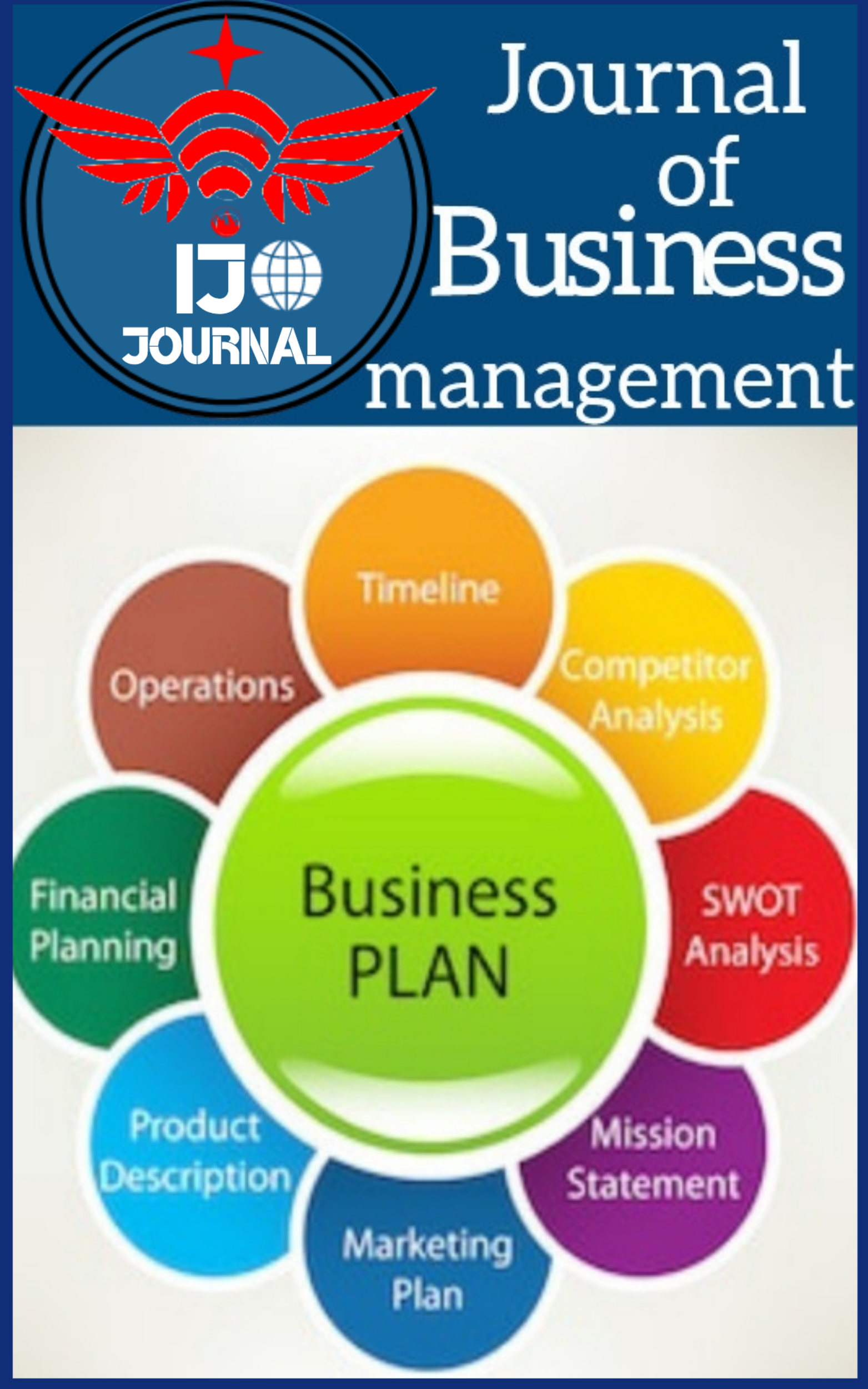CONNECTING THE DOTS: A STUDY ON CREDIT RISK MANAGEMENT AND FINANCIAL PERFORMANCE AT THE DCCB, MAHABUBNAGAR
Abstract
Purpose:The primary objective of this study was to comprehensively assess the credit risk management and financial performance of the District Cooperative Central Bank Ltd., Mahabubnagar (henceforth referred to as 'the DCCB'). The study aimed to concentrate on the interconnection between these two factors and thereby gain insights into how the credit risk management practices of the DCCB influence its financial stability and performance.
Methodology:In this study, a descriptive research approach is employed to examine the link between credit risk management and the financial performance of District Cooperative Central Bank Ltd., Mahabubnagar, Telangana. Data is extracted from the annual reports of DCCB, Mahabubnagar, covering the financial years 2018-19 to 2022-23. Key variables, including Altman's Z-score Model and the 'Working Capital to Total Assets Ratio' as an indicator of financial health, are analyzed. Bivariate correlation analysis is applied to assess the significance of the relationship between credit risk indicators and the proxy for financial performance, Return on Assets (ROA).
Findings:The DCCB maintains robust financial stability, consistently achieving Z-scores above 2.60, indicating a reduced risk of bankruptcy. Recent years have seen significant improvements in the DCCB's financial stability. The strong correlations observed between credit risk management ratios and profitability indicators emphasize the positive influence of effective credit risk management on the bank's overall financial performance. Furthermore, the study establishes a statistically significant link between higher Z-scores and improved Return on Assets (ROA), suggesting a lower bankruptcy risk associated with enhanced financial performance for the DCCB.
Conclusion: The DCCB demonstrates financial stability, indicating a reduced risk of bankruptcy. Recent improvements in stability, coupled with the strong correlation between Working Capital and ROA, underscore the effectiveness of the DCCB's credit risk management. These findings offer valuable guidance for the DCCB's financial strategies as it continues to pursue growth and success.
References
2. Aduda, J., and Gitonga, J. (2011). The relationship between credit risk management and profitability among the commercial banks in Kenya. Journal of Modern Accounting and Auditing, 7(9), 934.
3. Alshatti, A. S. (2015). The effect of credit risk management on the financial performance of the Jordanian Commercial Banks. Investment Management and Financial Innovations, 12(1), 338-345.
4. Banu, Mst. Hasna, Sayaduzzaman, Md., & Sil, Subhash Chandra. (2021). The Impact of Credit Risk Management Indicators on Profitability Attributes: Evidence from the State-Owned Commercial Banks in Bangladesh. American Journal of Trade and Policy, 8(3), 215-224.
5. Bodla, Bhag, and Verma, Richa. (2009). Credit Risk Management Framework at Banks in India. The IUP Journal of Bank Management, VIII, 47-72.
6. Deepak, Kumar, and Sharma, Deepak. (2021). Relationship between Credit Risk Management and Profitability Performance of Indian Public Sector Banks. doi:10.13140/RG.2.2.17682.99527.
7. Ghosh, S., and Kundu, S. (2019). Credit Risk Management in Indian Cooperative Banks: A Case Study Approach. International Journal of Cooperative Studies, 7(2), 45-58.
8. Gizaw, M., Kebede, M., and Selvaraj, S. (2015). The impact of credit risk on profitability performance of commercial banks in Ethiopia. African Journal of Business Management, 9(2), 59-66.
9. Kisaka, S., and Kilonzo, R. (2017). Credit Risk Management and Financial Performance of SACCOs in Kenya. International Journal of Economics, Commerce and Management, 5(3), 18-30.
10. Li, X., and Wang, Y. (2018). Credit Risk Management and Its Impact on the Profitability of Commercial Banks: Evidence from China. Economic Modelling, 68, 440-447.
11. Razak, R. A., and Said, F. F. (2020). The Effect of Credit Risk Management on the Financial Performance of Islamic Banks in Malaysia. International Journal of Banking and Finance, 17(2), 78-96.
12. Saxena, N. (2018). A Study to Examine the Credit Risk Management Process of District Central Cooperative Banks in Uttar Pradesh. Journal of Management Research and Analysis (JMRA), 5(2), 205-215. ISSN: 2394-2770.
* * *
Copyright (c) 2024 IJO -International Journal of Business Management ( ISSN 2811-2504 )

This work is licensed under a Creative Commons Attribution-NonCommercial-NoDerivatives 4.0 International License.
Author(s) and co-author(s) jointly and severally represent and warrant that the Article is original with the author(s) and does not infringe any copyright or violate any other right of any third parties and that the Article has not been published elsewhere. Author(s) agree to the terms that the IJO Journal will have the full right to remove the published article on any misconduct found in the published article.

